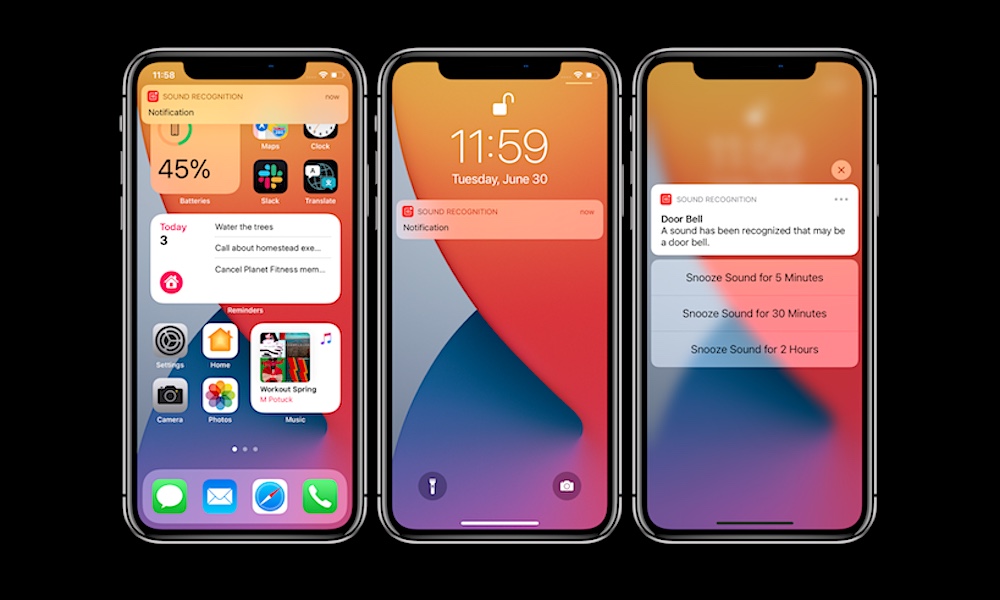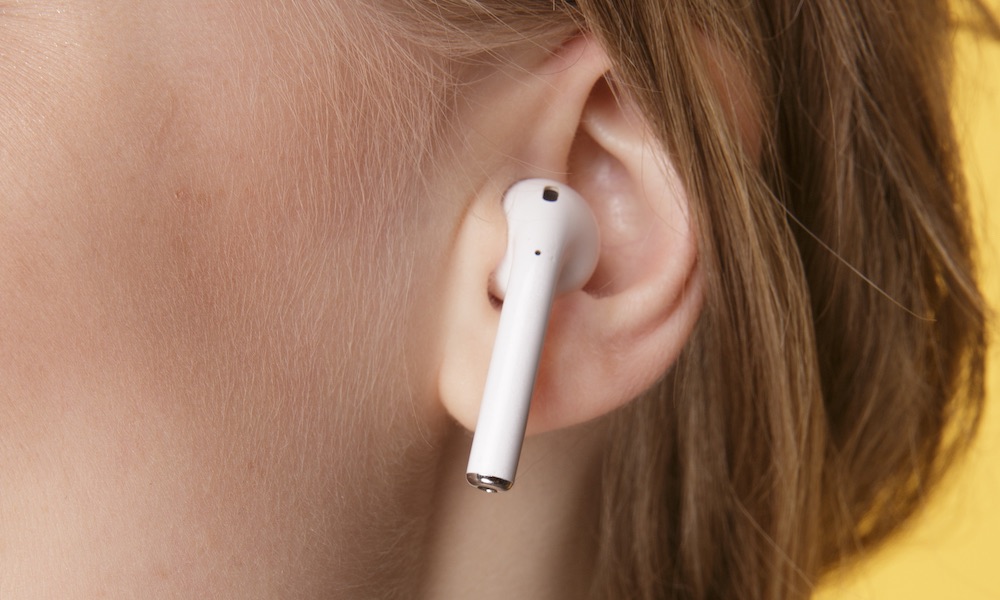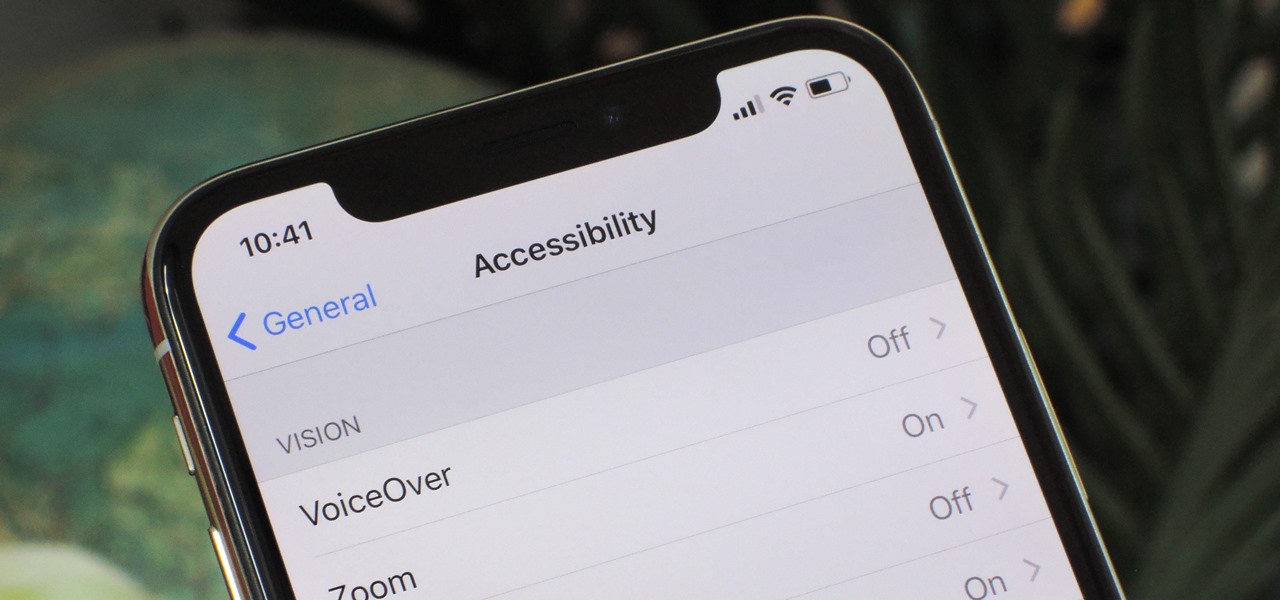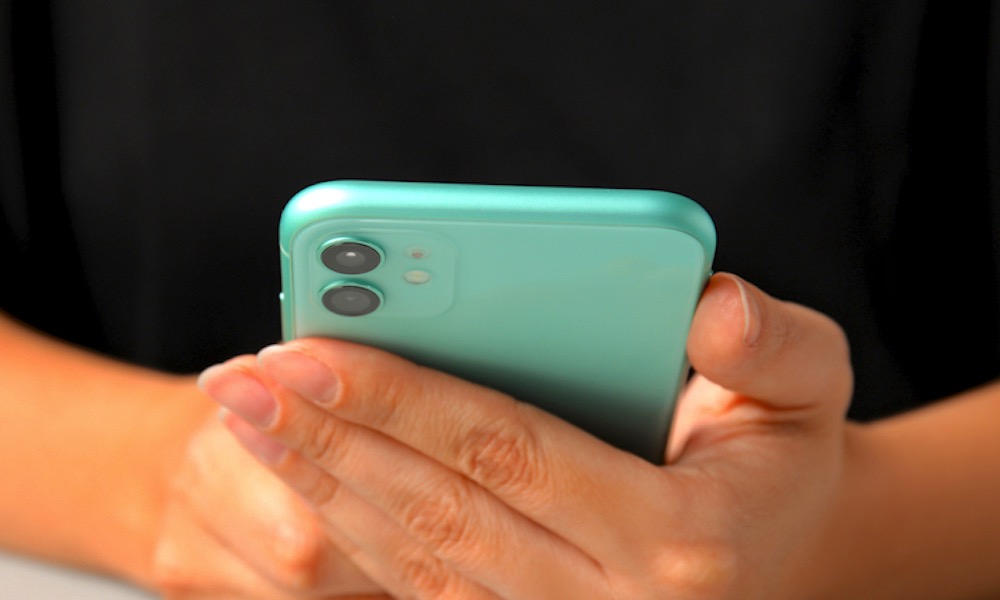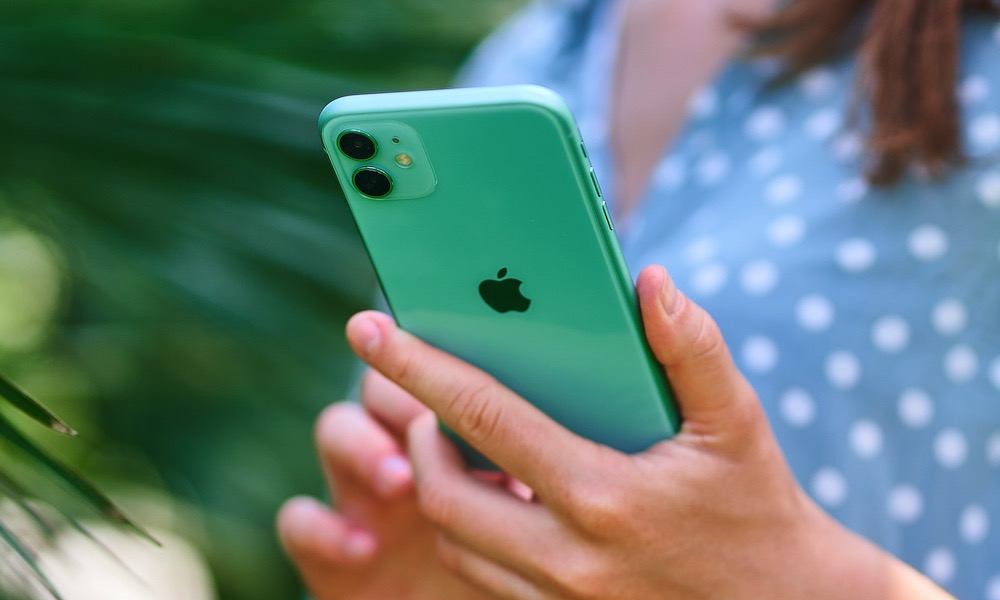Have You Tried All 5 of These iPhone Accessibility Hacks?
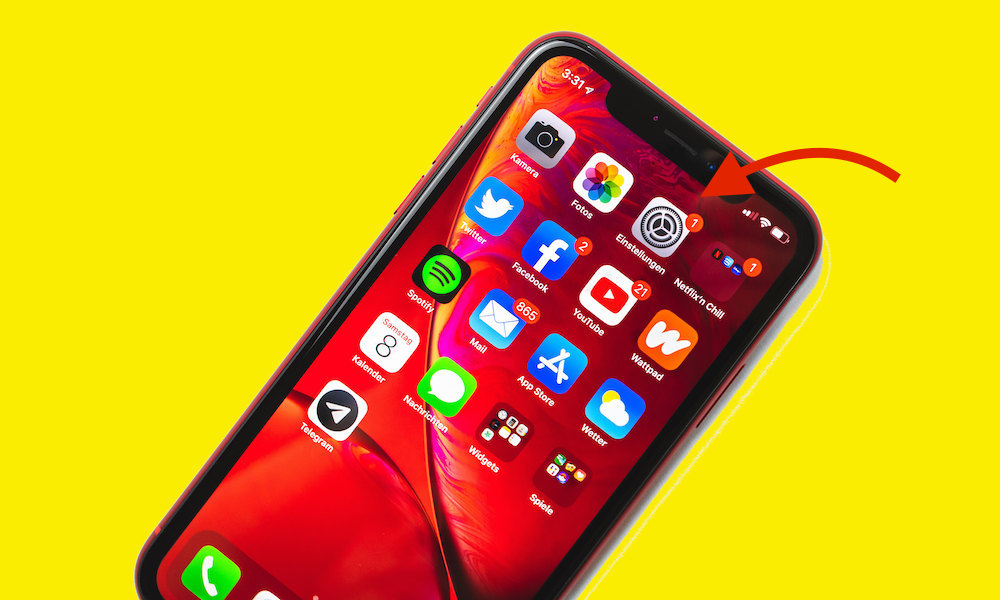 Credit: Sara Kurfeß / Unsplash
Credit: Sara Kurfeß / Unsplash
You can say whatever you want about Apple, but one thing's for sure; the company is constantly working to make its devices more inclusive. Apple's hardware and software are incredibly easy to use – additionally, every device has accessibility features to aid those who need extra help. People with visual impairments or even blindness can use an iPhone fairly easily, and so can people who have hearing issues. The best part? Anyone can use these accessibility features on a day-to-day basis. You can turn on these accessibility features to make it easier to read things or even become more productive. Continue reading to browse five accessibility features to try right now.
Let Your iPhone Alert You of Urgent Sounds
If you're someone who's always putting on your AirPods Max, or other noise-canceling headphones, you should give Sound Recognition a shot. Sound Recognition is a feature that makes your iPhone listen for specific noises. That way, if you have trouble hearing or you're using headphones, your iPhone will give you a notification whenever it hears something urgent like a knock, a doorbell, or a fire alarm.
Keep in mind that you shouldn't rely on Sound Recognition in dangerous situations. It should be used as an aid to hear sounds you can't. Plus, it's still far from perfect. Here's how to use it.
- Launch Settings.
- Go to Accessibility.
- Scroll down and tap on Sound Recognition.
- Turn Sound Recognition on.
- Afterward, tap on Sounds and select the sounds you want your iPhone to "hear."
As you can see, this feature will need to use some storage on your iPhone. That is because this feature uses on-device intelligence so that you can use it even offline. Plus, you can rest assured Apple itself isn't constantly listening and recording anything.
Make Your iPhone or iPad Read for You
Podcasts and audiobooks are really popular these days—and for a good reason. Hearing books is the perfect way to multitask and learn at the same time. That being said, audiobooks can be pretty expensive.
Fortunately, Apple users have another way to listen to books. Thanks to a feature called Spoken Content, you can make your iPhone or iPad read for you. And not just books, websites, and more work too! Here's how to use it:
- Open the Settings app.
- Go to Accessibility.
- Tap on Spoken Content.
- Turn on Speak Screen and Speak Selection.
Speak Screen makes your iPhone read everything that's on your screen, whereas Speak Selection will show a Speak button when you select text.
If you're using Speak Screen, you'll need to swipe down with two fingers from the top of your screen. A small menu will pop up, and your iPhone will start reading whatever is on the screen.
Granted, it's not the most soothing voice you've heard, but it'll get the job done if you need to read something for school or work.
Control Everything with Your Voice
Apple has this feature called Voice Control, which does what you'd expect. You can give orders and control your iPhone with your voice.
Think of Voice Control as a more accessible and customizable Siri. You can give your iPhone orders, such as opening apps, showing the Control Center, or asking your iPhone for more details on what's on screen. You can even dictate and edit text.
The best part is that, unlike Siri, this feature works offline, and you can change the language if you need to. You can even create specific commands with whatever words you want to use. To use Voice Control, do the following:
- Launch Settings.
- Go to Accessibility.
- Tap on Voice Control.
- Select Set up Voice Control.
- Tap on Done.
You can also enable Voice Control by asking Siri to turn it on or off, making it easier to use your iPhone if you have your hands full.
Use the Built-in Magnifier App
Isn't it crazy how some people can just see without glasses? I wonder what that's like.. Some of us do need to wear glasses, but not everyone likes them. Or, if you're like me, you probably forget about them every now and then. If that happens to you, you can rely on your iPhone to use it as a magnifying glass.
The Magnifier is a feature that does what you think; it lets you use the camera on your iPhone as a magnifying glass. You can zoom in or out to see better, and you can even turn your flashlight on or take pictures. Keep in mind any picture you take with the Magnifier won't be saved on your iPhone. Here's how to enable Magnifier.
- Go to Settings.
- Scroll down and tap on Accessibility.
- Tap on Magnifier.
- Toggle Magnifier on.
- A new Magnifier app should be added to your Home screen.
After you enable this feature, you can also access the Magnifier app in your App Library or by searching Magnifier on your Spotlight Search. You just need to open the app and use the controls to zoom in on fine print you need to read.
Add Two Buttons to Your iPhone
We've previously talked about Back Tap, but it's such a cool feature we needed to remind you it exists.
You can add one or two "buttons" on the back of your iPhone with the Back Tap feature. When enabled, you can tap twice or three times on the back of your iPhone to make it do a specific action, like taking a screenshot or opening the Notification Center.
Keep in mind that you can only use this feature on any iPhone that supports Face ID. It's because the technology to register your taps isn't available on iPhones with Touch ID, so this won't work on any older iPhone or the second-generation iPhone SE.
- Open the Settings app.
- Go to Accessibility.
- Tap on Touch.
- Scroll all the way down and tap on Back Tap.
- Select Double or Triple Tap and assign an action to them.
- Once you're done, tap twice on three times on the back of your iPhone to test it.
Keep in mind that if you're using a case, Back Tap won't work perfectly. This is a fairly new feature, so we should expect Apple to improve it in upcoming software updates.

